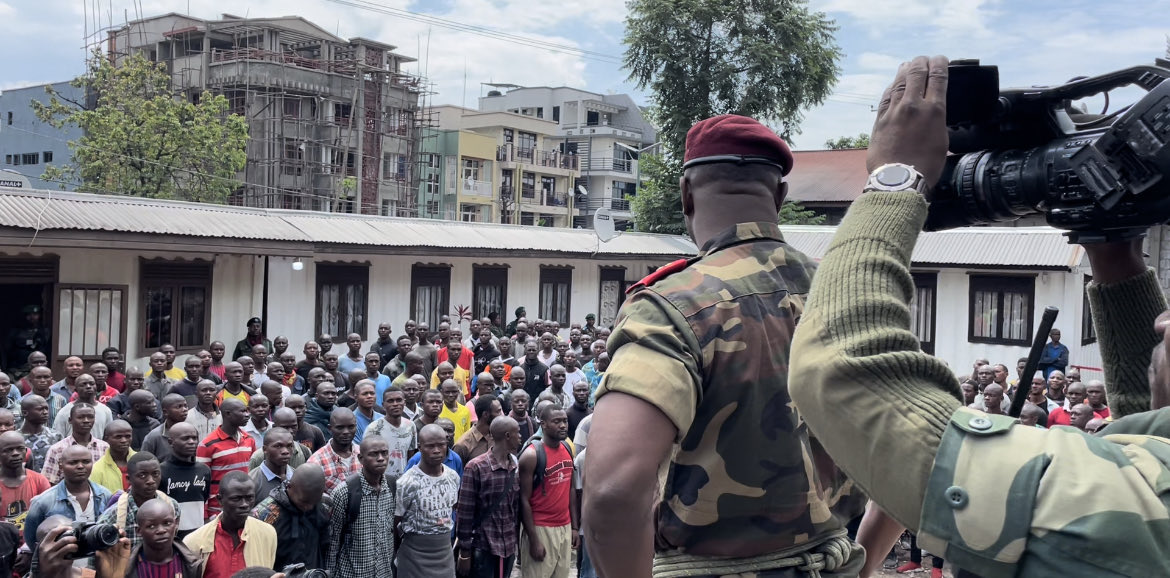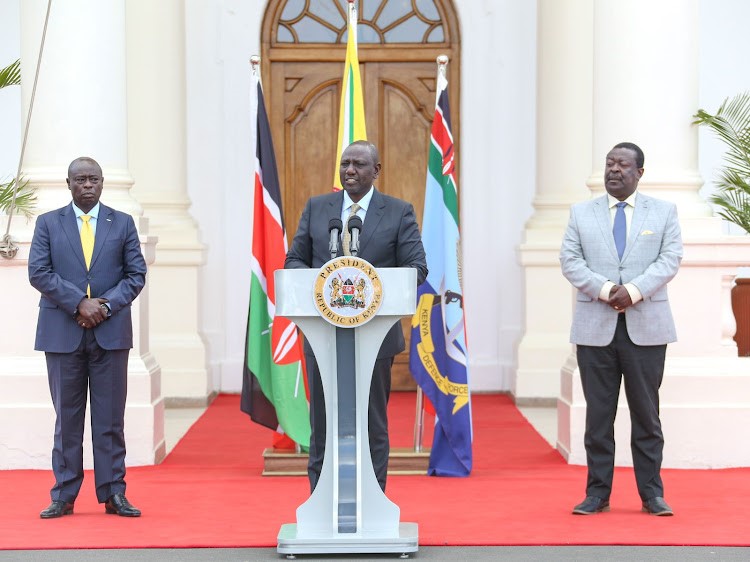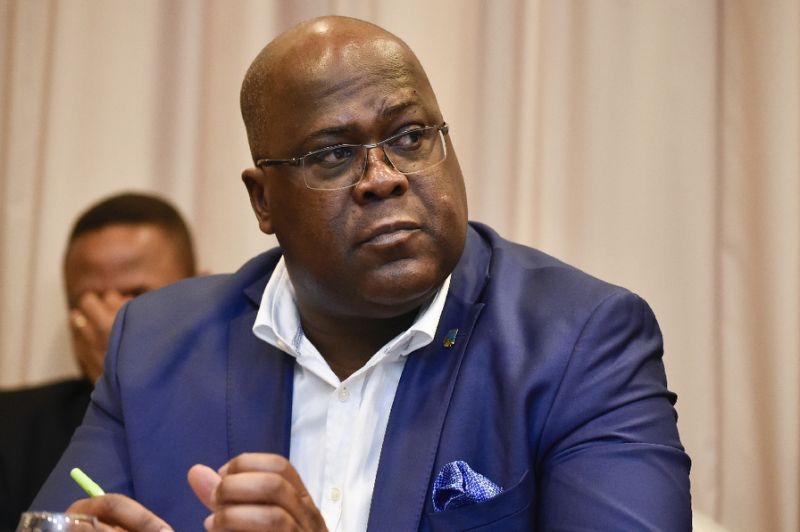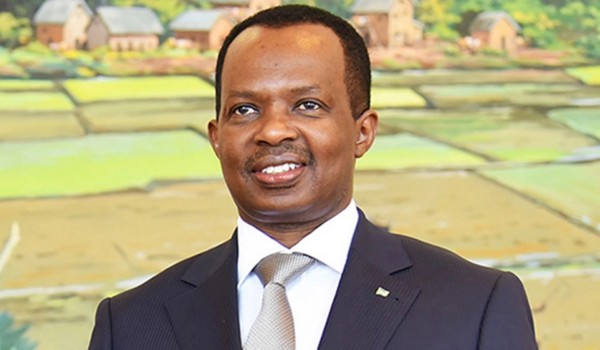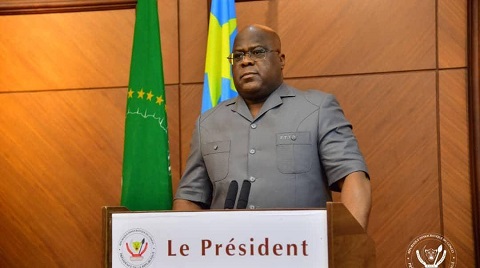Regional
A force of evil
Will FDLR protect Congolese?
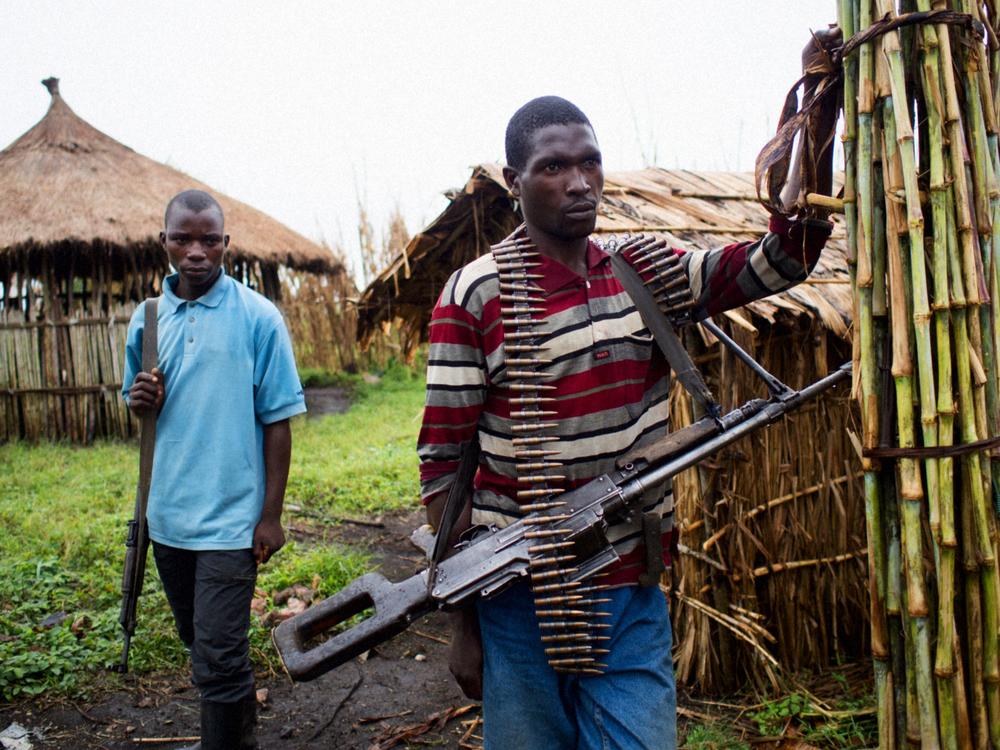
The
armed forces of the Democratic Republic of Congo (FARDC) are operating with the
FDLR militia in fighting against the M23 rebellion that now occupies swathes of
territory in areas such as Rutshuru and Bunagana.
Such
revelations are not news to those in the know. There have been collaborations
between the Congolese army and the FDLR in the past. Their collaboration has been “on and off,
depending on internal Congolese political dynamics.
The
October 18 report by Human Rights Watch (HRW) cited one FDLR fighter confirming
that: “It’s the government [troops] that would always provide us with
ammunition. They also gave us uniforms and boots.”
“With
its record of extreme violence against civilians, the FDLR too remains a major
source of instability and conflict. While some FDLR members have been through a
demobilization program and have been repatriated to Rwanda, many others
continue their operations in eastern DRC and show no sign of returning to their
country. The FDLR retains the capacity to inflict huge suffering on the
Congolese population,” reads part of HRW’s June 2011 report.
The
FDLR is a genocidal terror group formed by remnants of the perpetrators of the
1994 Genocide against the Tutsi.
By
collaborating with the genocidal militia, FARDC commanders are only worsening
an already bad situation. Congolese commanders are arming the militia that, in
turn, will massively murder Congolese civilians.
“FDLR
fighters have killed hundreds of civilians over the years in eastern DRC, at
times hacked them to death with machetes or hoes or burned them in their
homes. The fighters have committed countless rapes and other acts of sexual
violence,” HRW reported in October 2018.
The
FDLR is plundering resources in areas it occupies to better equip itself with
heavy weapons, so as to attack Rwanda.
The
ongoing massacres of Rwandophones, or Kinyarwanda-speaking Congolese, is a
result of the genocide ideology which the FDLR have spread throughout the
country since 1994. Anti-Tutsi hate messages and conspiracy theories are
regularly shared on Congolese social media platforms during times of crisis
between the national army and the M23 rebels.
Today,
thanks to the Genocide ideology, any internal conflict in DRC is attributed to
the presence of the Tutsi in the region.
Upon
arrival in eastern Zaire, now DRC, in
1994, the masterminds of the 1994 genocide against the Tutsi in Rwanda found a
country where there were neither proper laws nor a functioning government. The
helpless Congolese Tutsi felt powerless to resist the anti-Tutsi sentiment that
had become widespread in South Kivu and North Kivu Provinces. Many had no
choice but to flee to Burundi and Rwanda.
The
genocidaires sought, above all, to awaken and mobilize the Congolese Hutu who
they regarded as their natural allies; through family links, ethnic solidarity
and cultural ties.
The
Interahamwe offered Congolese Hutu weapons, manpower and training facilities.
In the DRC, the Interahamwe reinvigorated the murderous campaign they had
initiated in Rwanda. They depicted the Tutsi as arrogant, merciless, rootless
foreigners who planned monarchy in Rwanda and were behind the so-called
balkanization of the DRC project.
The
FDLR is a force of evil that will never be in for collaboration in restoring
peace and security. Genocidaires and terrorists see no interests in saving
civilians. The militia’s alliance with the Congolese army only spells disaster.


